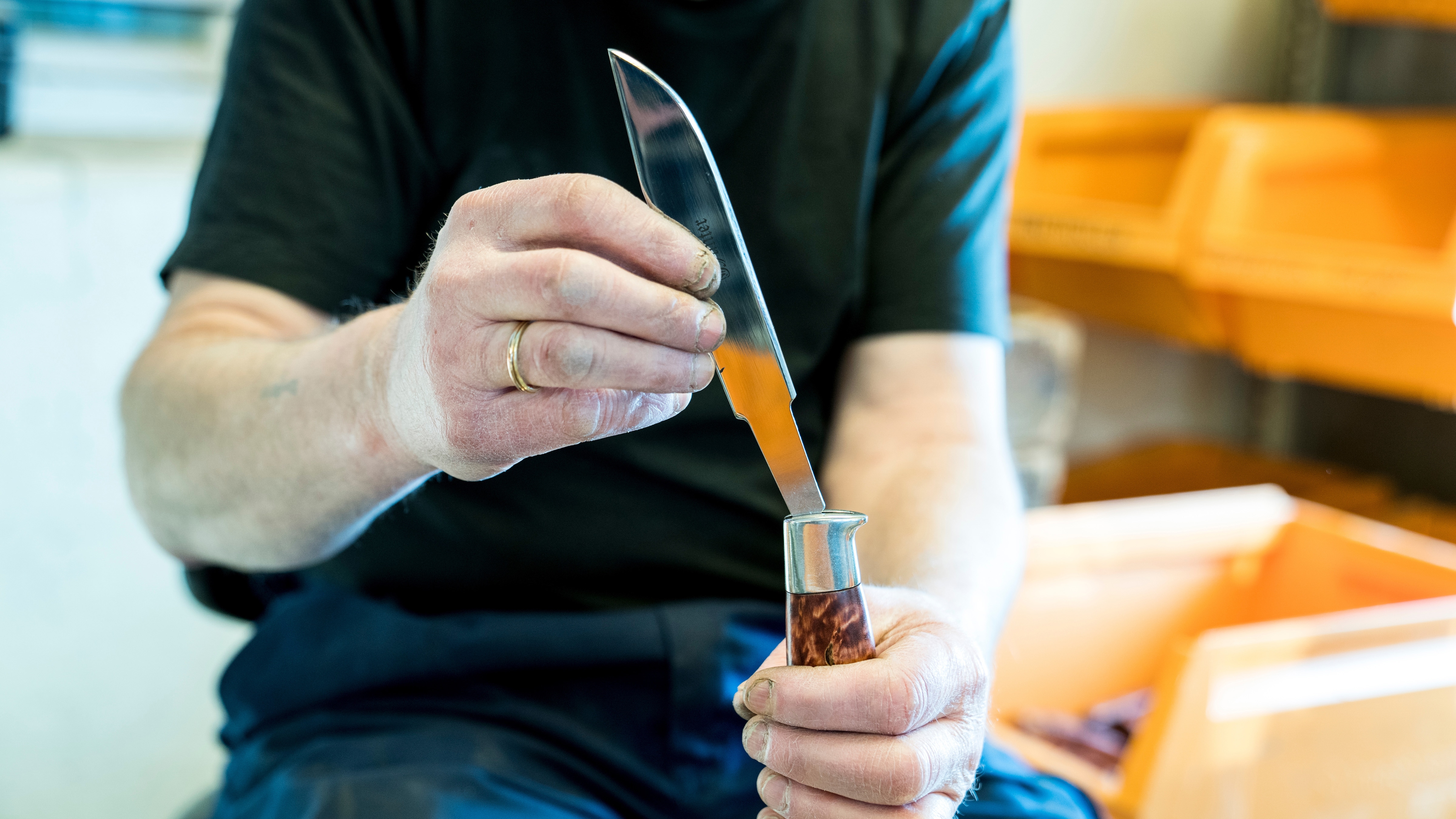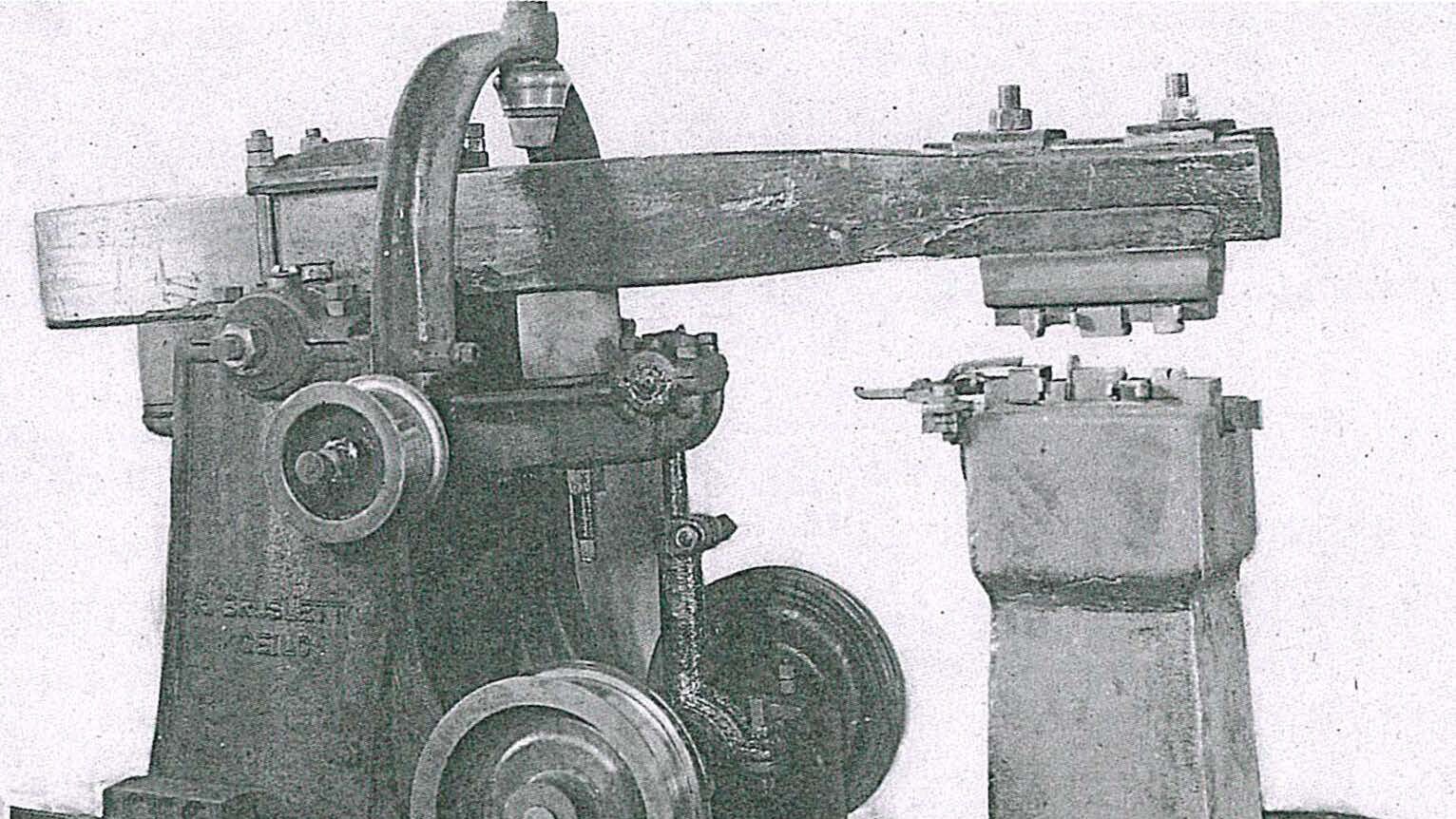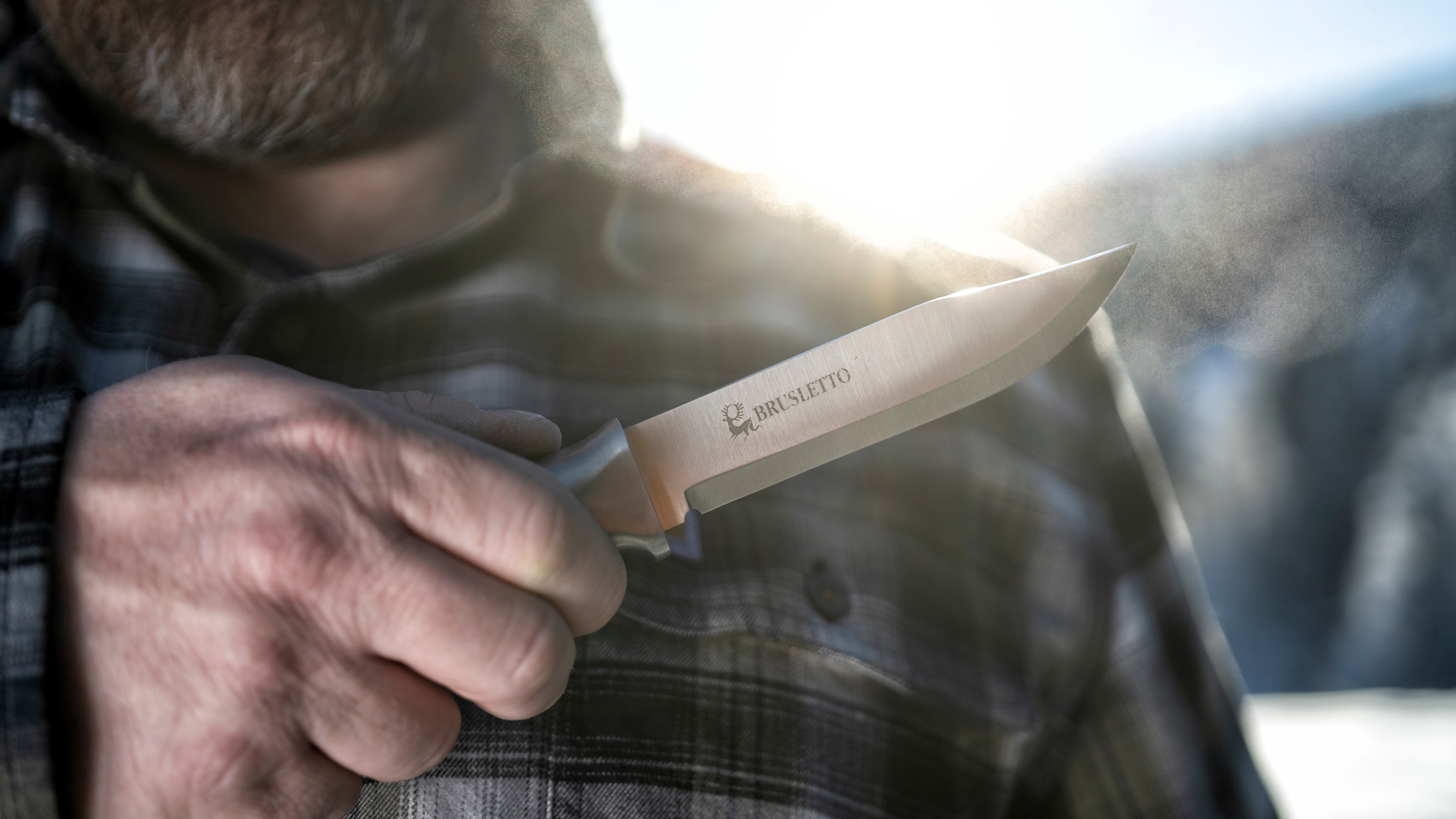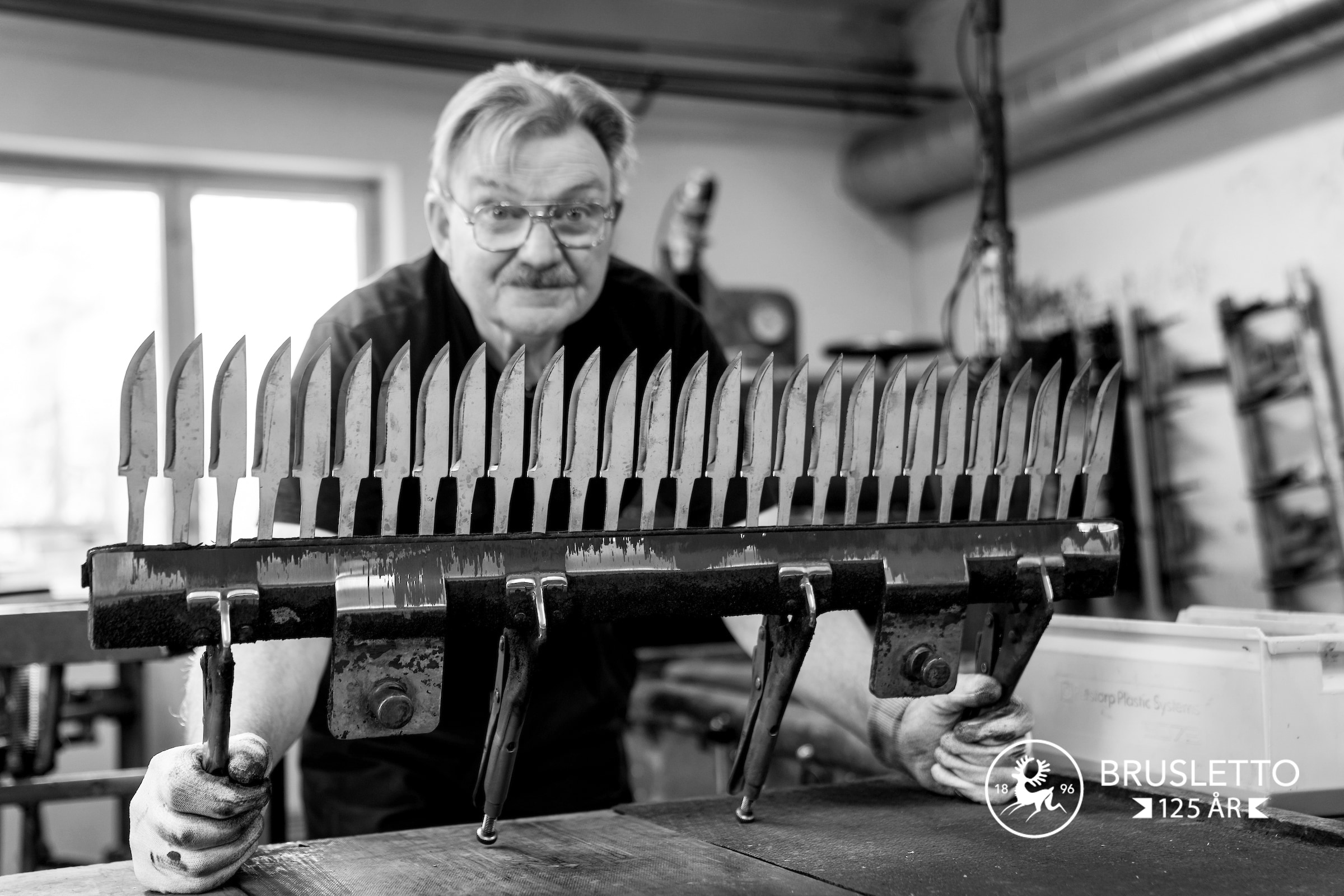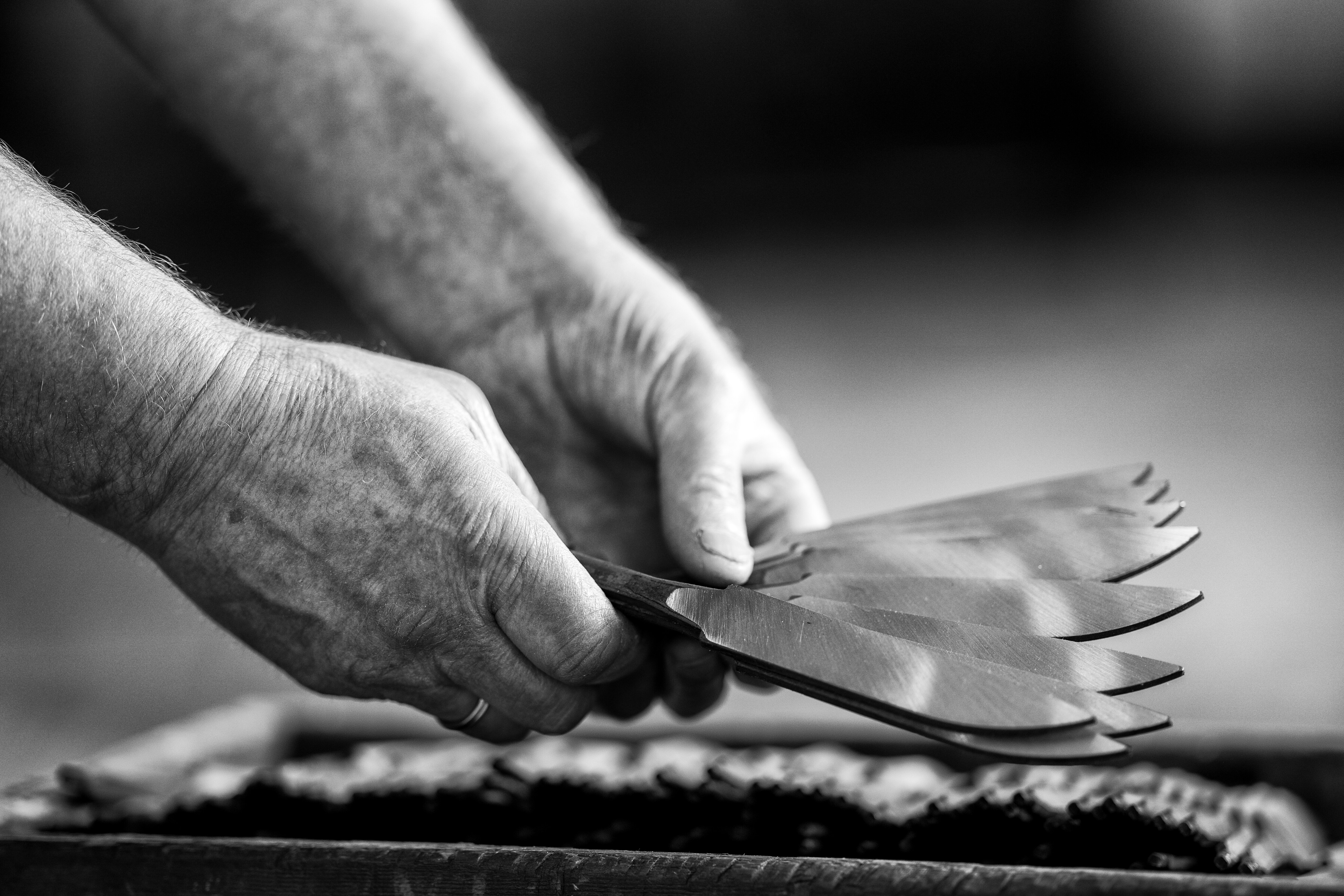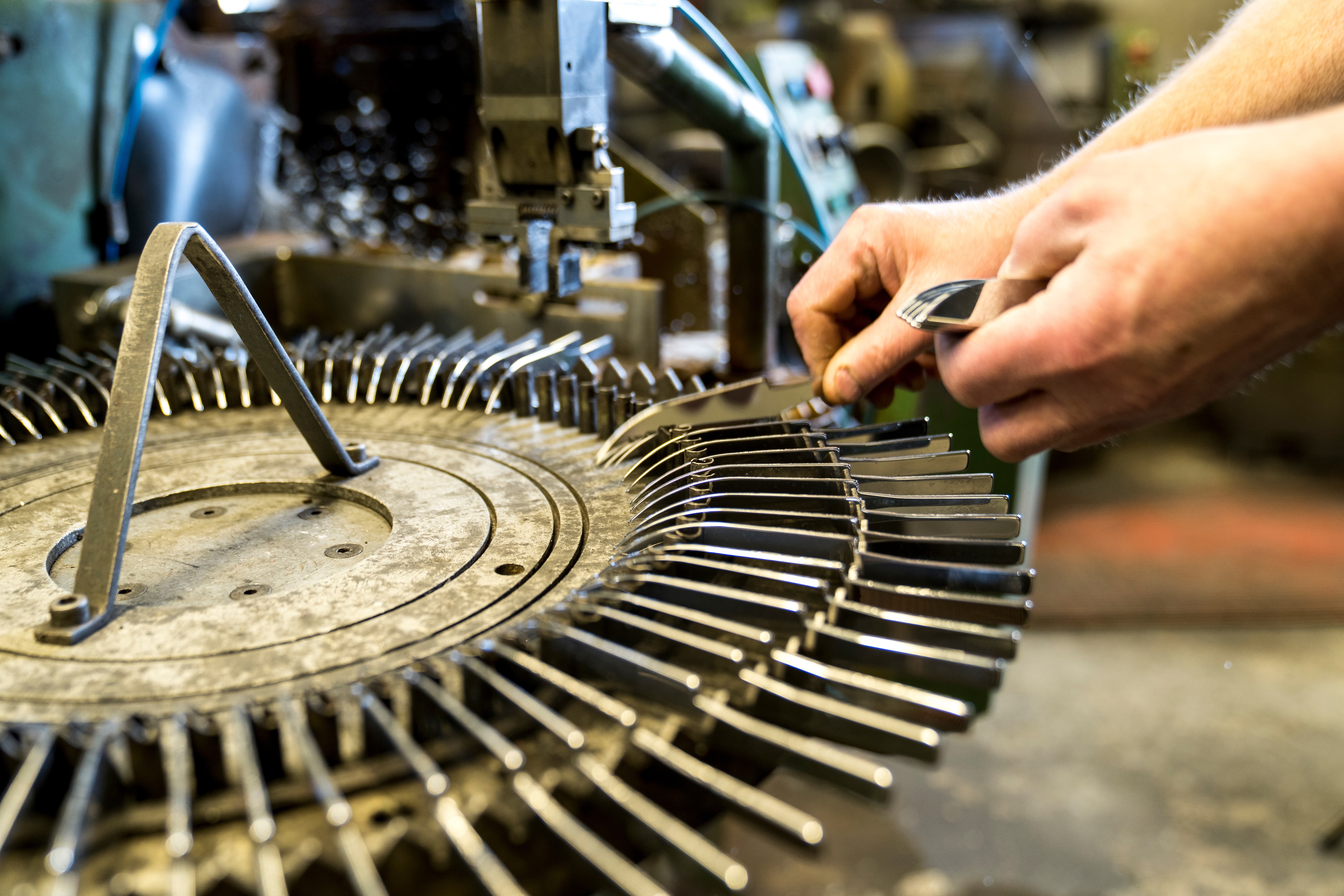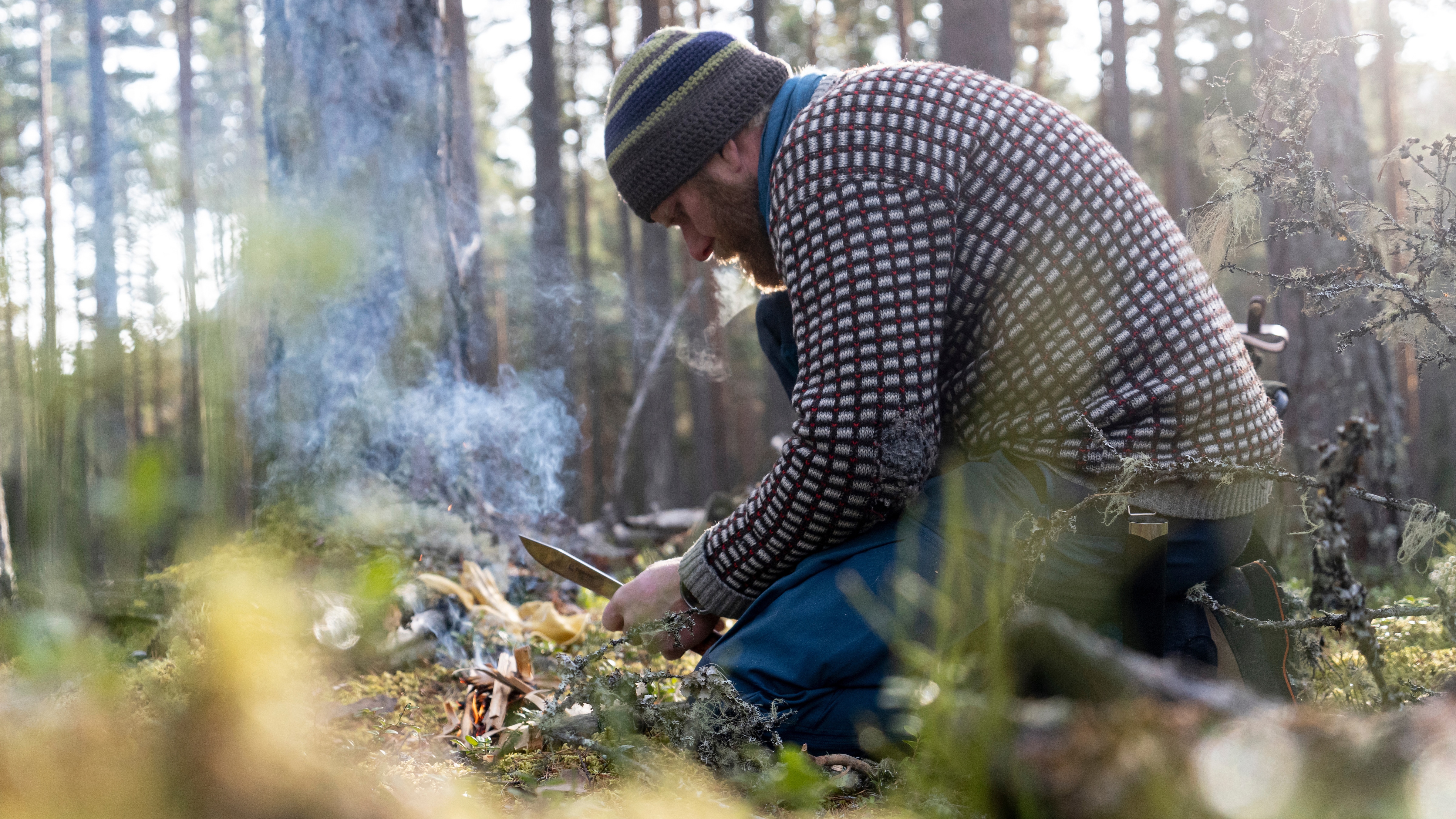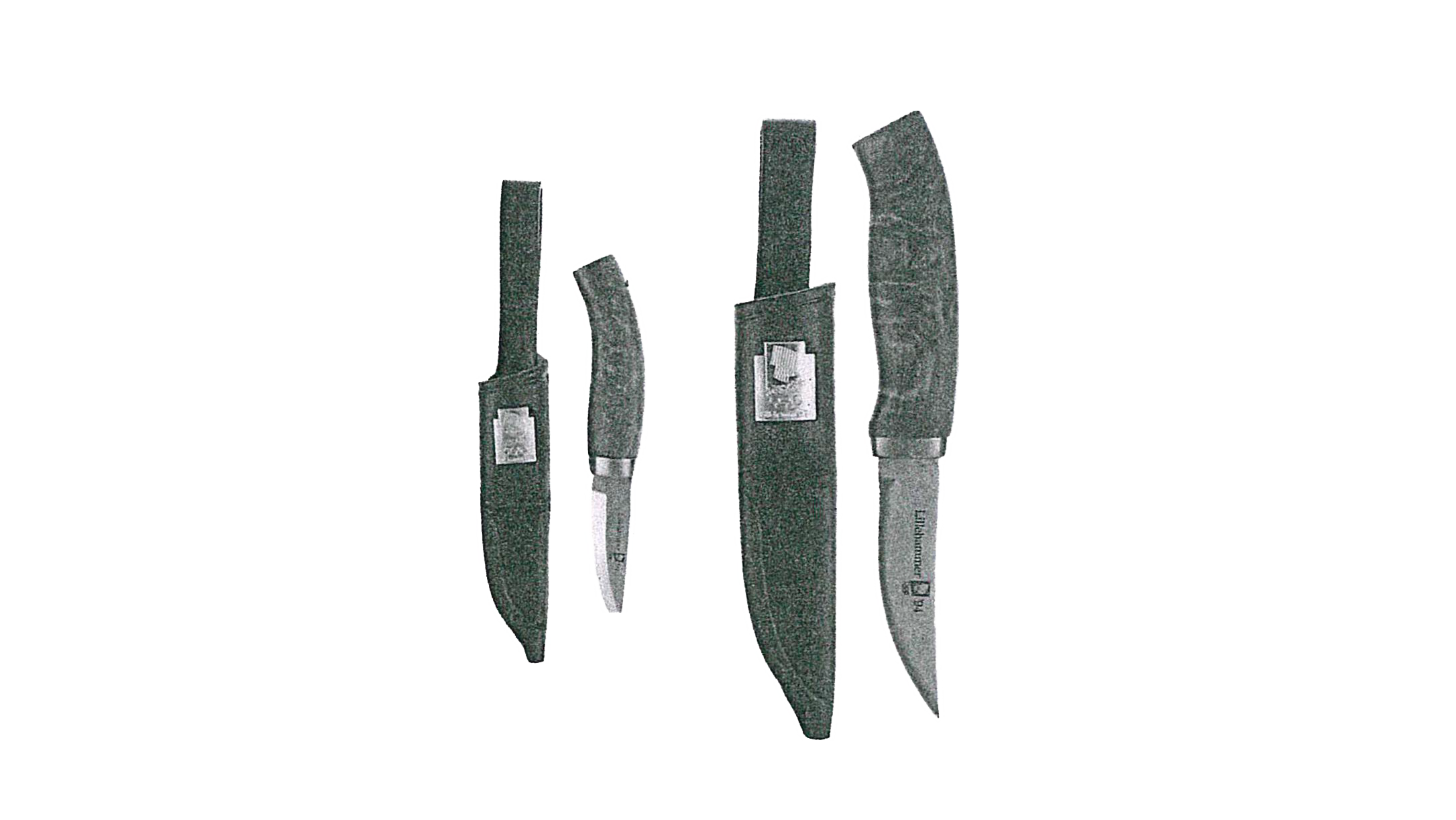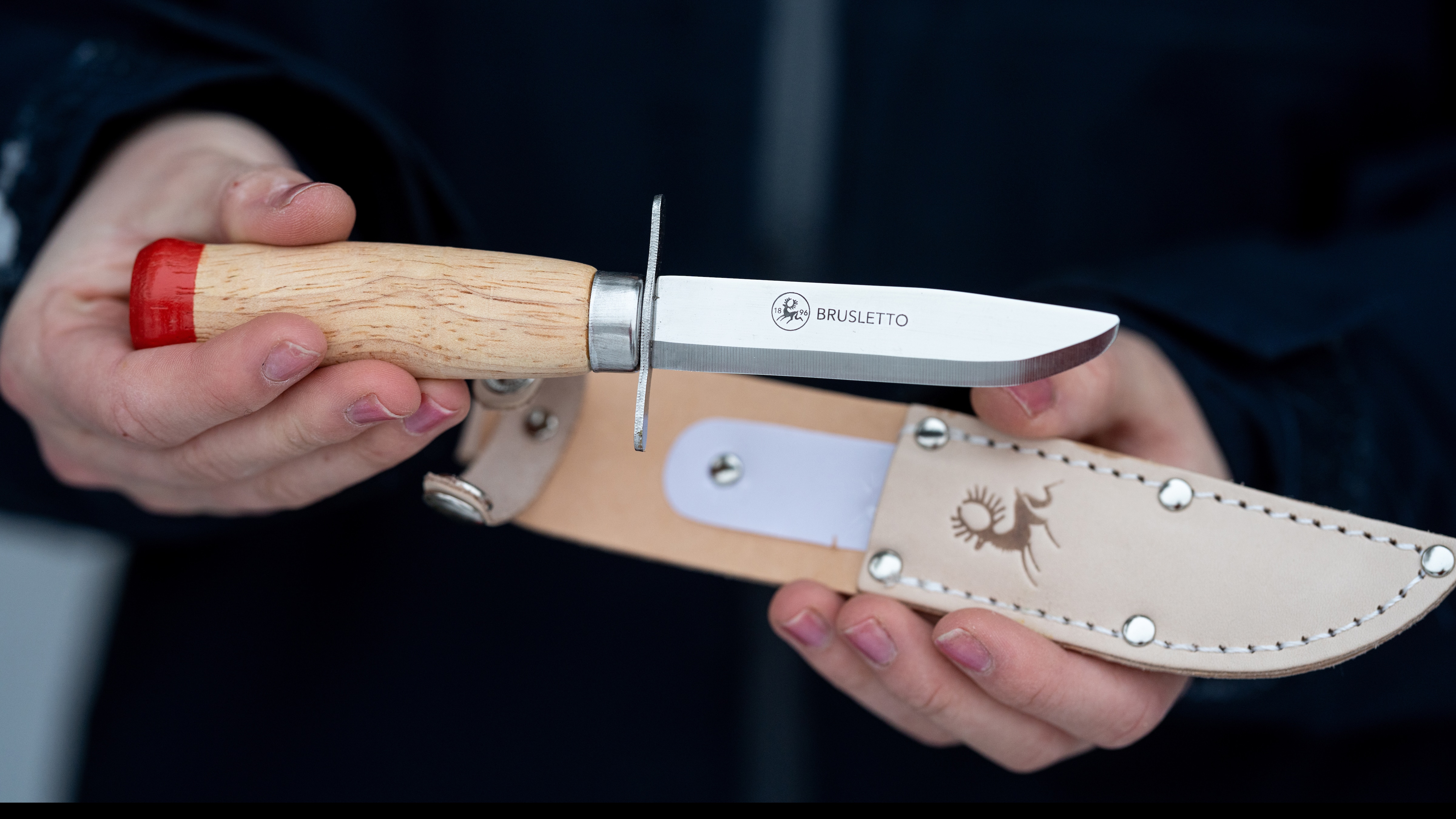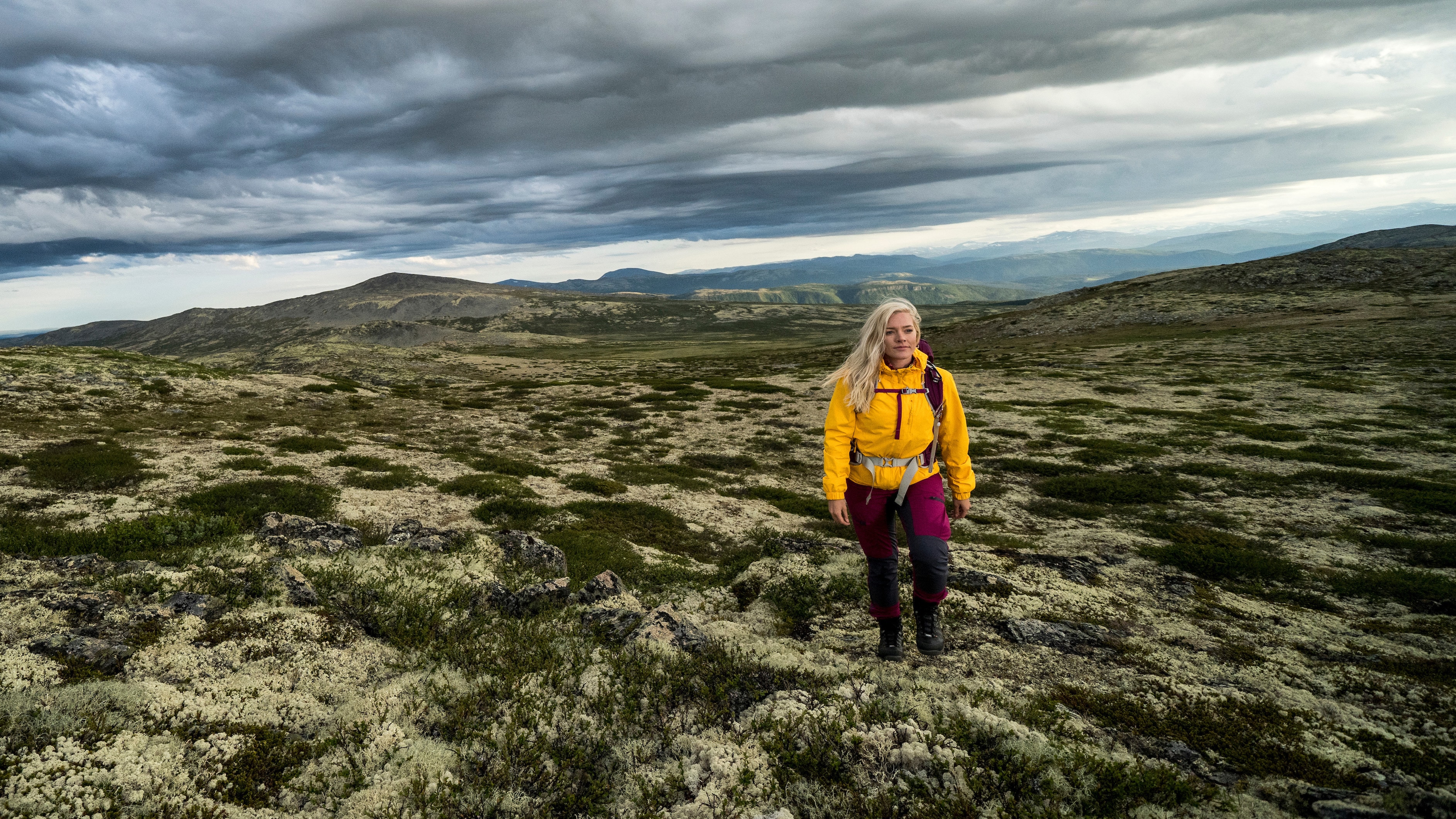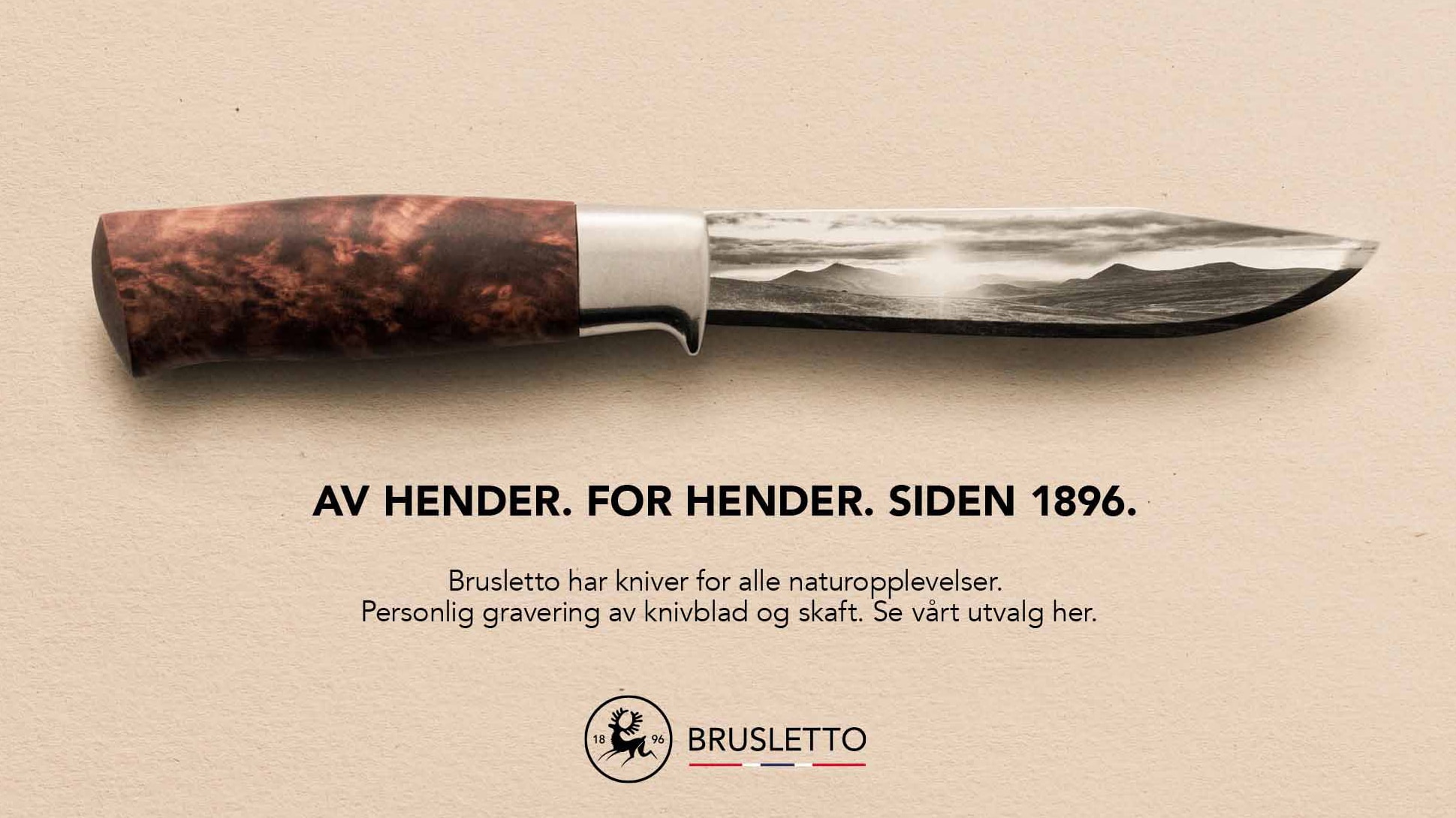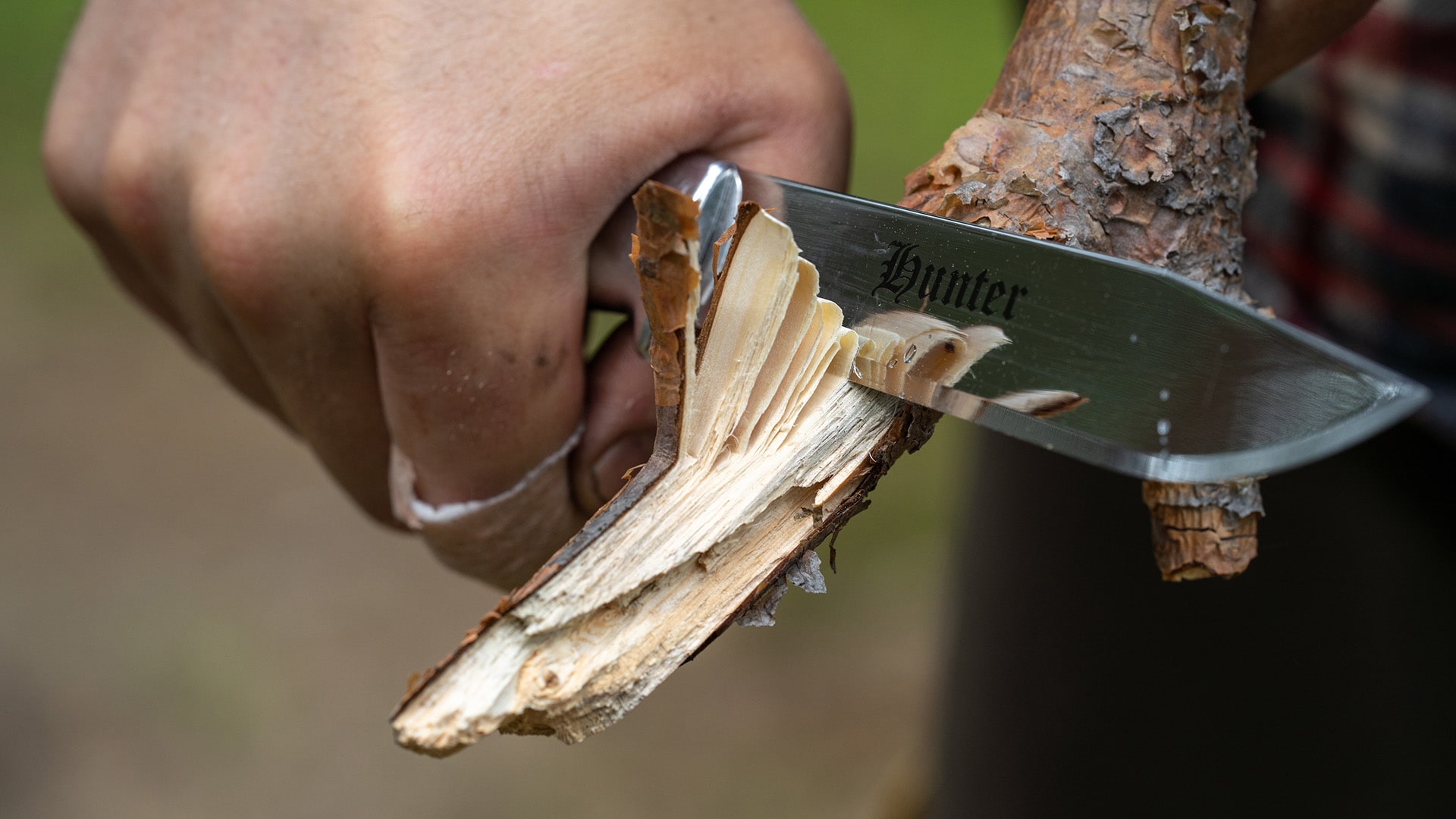Our History
Everything about bolsters
Our Bolsters
A bolster, also known as a holk, is an important part of a knife for several reasons. Firstly, the bolster provides a smooth transition between the blade and the handle, enhancing the user's comfort and control during use. The bolster also protects the handle from wear and damage that can occur with intensive use and prevents the handle from cracking or breaking. Additionally, the bolster helps to distribute pressure evenly over the handle, improving the knife's stability and durability. Aesthetically, the bolster gives the knife a more finished and balanced appearance, which is often appreciated by both craftsmen and users.
Aluminum Bolsters
Our bolsters are die-cast. Aluminum is heated and poured into a mold. This process ensures that the bolsters are uniform and have a fine surface. Additionally, excess material can be reused – recycled. After the bolsters are cast, they are polished. This method is used for all the knives in the Hunter series, Tiur, Falken, Bamsen, Storbukken, and the Speiderkniv with a pointed tip.
Brass Bolster
Our brass bolsters are die-cast. Brass is heated and poured into a mold, resulting in uniform bolsters with a fine surface. After the bolsters are cast, they are polished. Among our knives, it is the Røy knife that features a brass bolster.
New Silver Bolster
Our new silver bolsters (also known as alpaca) are a copper alloy consisting of 45-80% copper. New silver does not contain silver but is named for its resemblance to silver. The bolsters are pressed from a plate and then polished. This applies to the knives Nansen, Haugastøl, Ustaoset, Bruslettokniven, Hallingskarvet, Spekematkniven, Rypa, Granit, Rago, and Balder.
Metal Bolsters
Our metal bolsters are punched from a metal plate and then undergo a thorough polishing process to ensure a smooth and fine surface. This method gives the bolsters high quality and an elegant appearance. This process is used for the knives Villmarka large and small, as well as the Spikkekniven.
Silver Bolsters
Our silver bolster is punched from a silver plate and then thoroughly polished to achieve a smooth and shiny surface. Silver is a stable and minimally reactive metal that is easy to work with, making it ideal for this type of precision work. This method is used for the knife Sølvgutten.
Tin Bolster
Tin is a soft, silvery-white metallic element with the chemical symbol Sn and atomic number 50. It is known for its low melting point and good malleability, making it easy to work with and shape into detailed components. This metal is used in the production of the Renessanse knife.
Knives without Bolster
Some of our knives are delivered without a bolster due to their unique design. This gives the knives a clean and minimalist appearance while maintaining their functionality and aesthetic appeal. This design philosophy is applied to the knives Rognald, Ustaoset, Rondane, Renessanse, and Skinner Masur.
Decorative Bands on the Sheath
Some of our sheaths are delivered with bands at the top. We use the following materials:
New Silver
New silver (also known as alpaca) is a copper alloy consisting of 45-80% copper. Although new silver does not contain genuine silver, it is named for its resemblance to silver in appearance. This alloy gives the band at the top of the sheath a beautiful, shiny surface that is both durable and aesthetically pleasing. These decorative bands are used on the sheaths of Haugastøl, Ustaoset, Tiur, Norgeskniven, Rypa, Storbukken Masur, and Granbit/Rago.
Steel
Steel is an alloy with iron and carbon as the main elements. This material is used in the bands on the sheaths of the Hunter Jaktkniver and Bamse Masur knives.
Brass
Brass is a copper alloy with zinc as the main alloying element. Brass bands are used on the sheath of the Røy knife.


